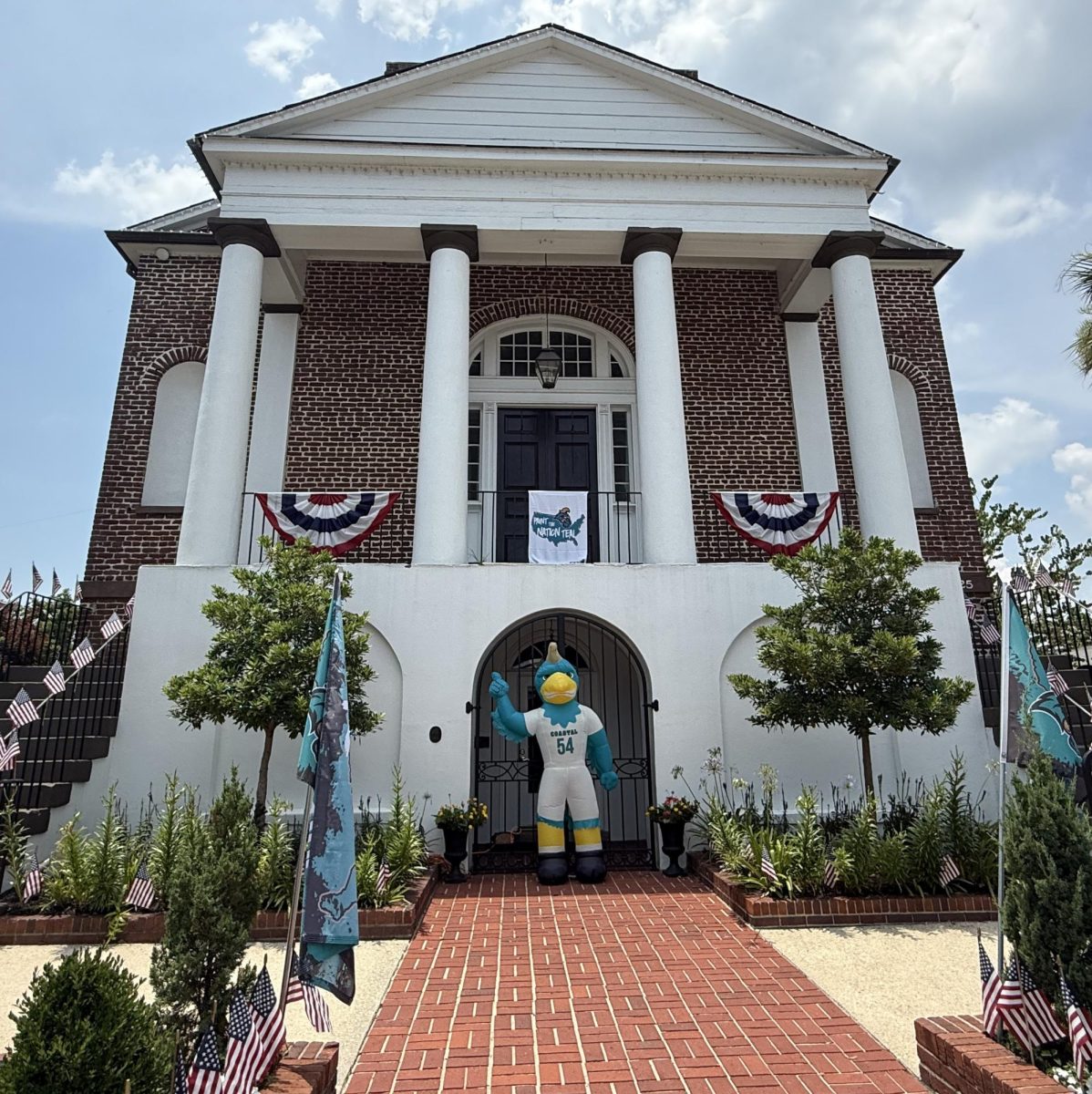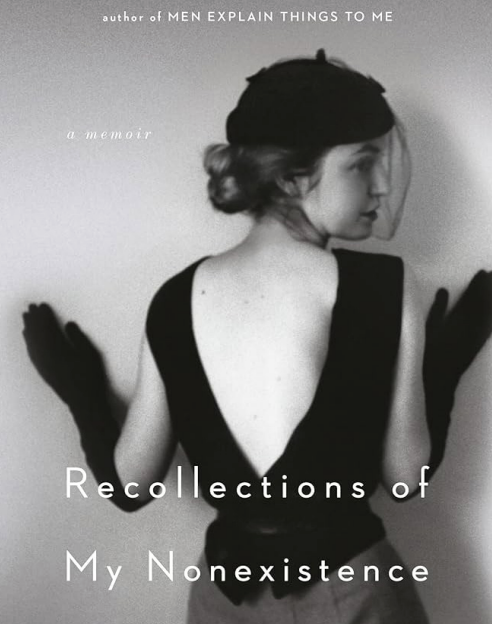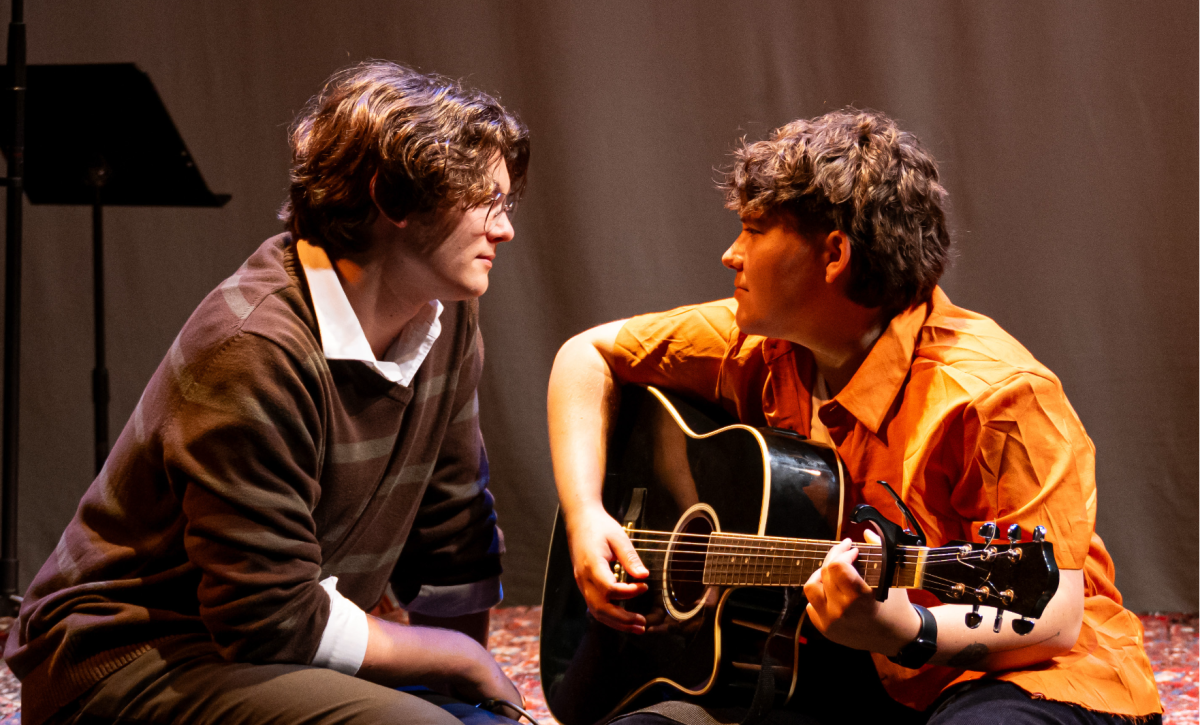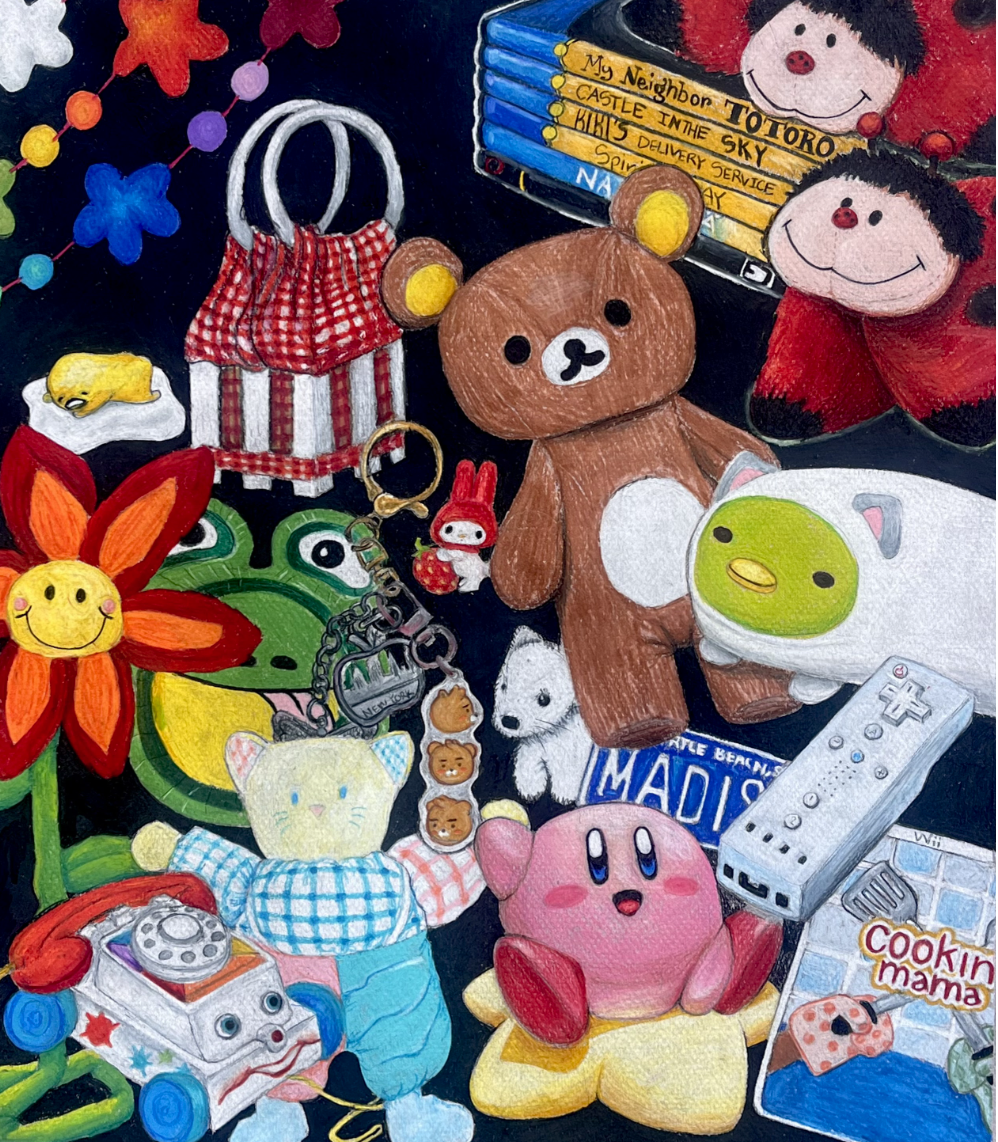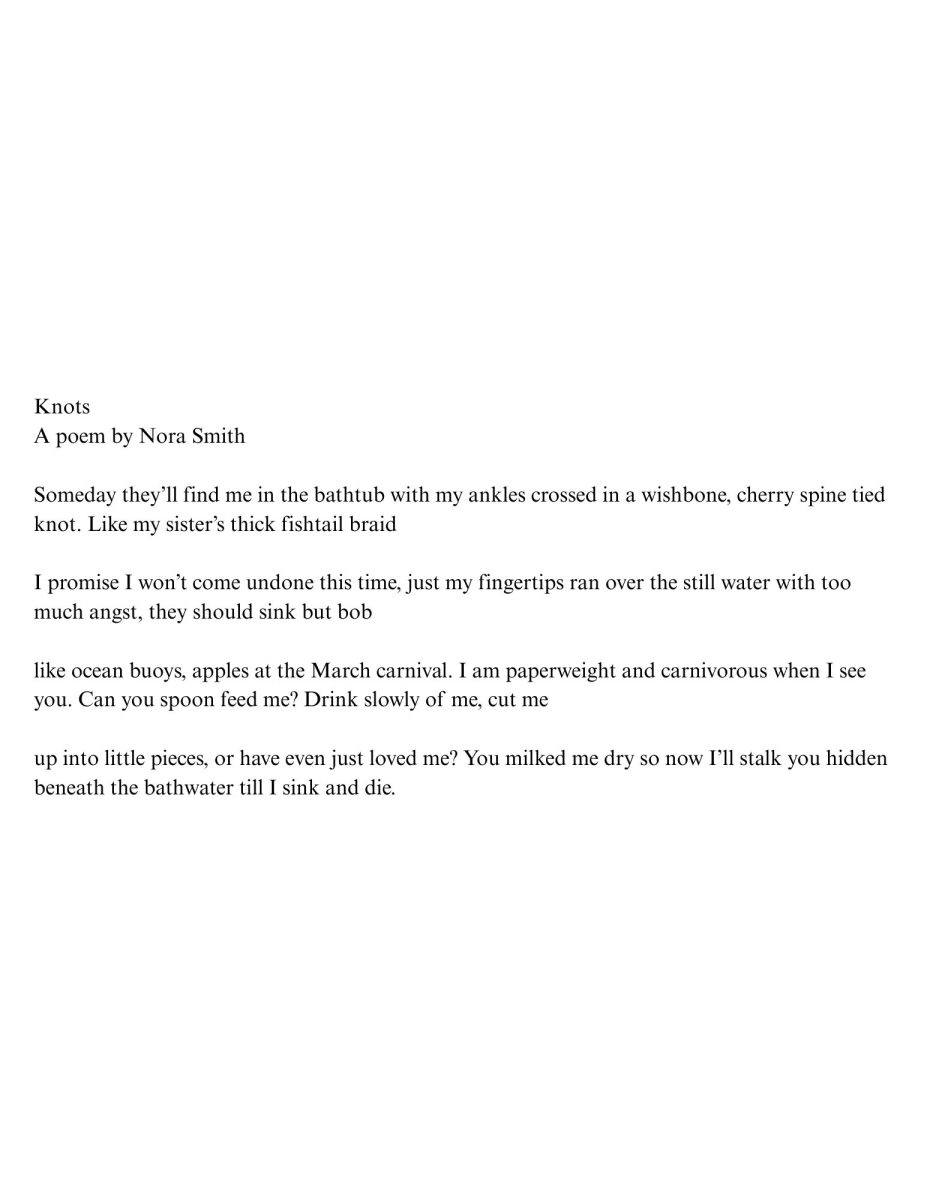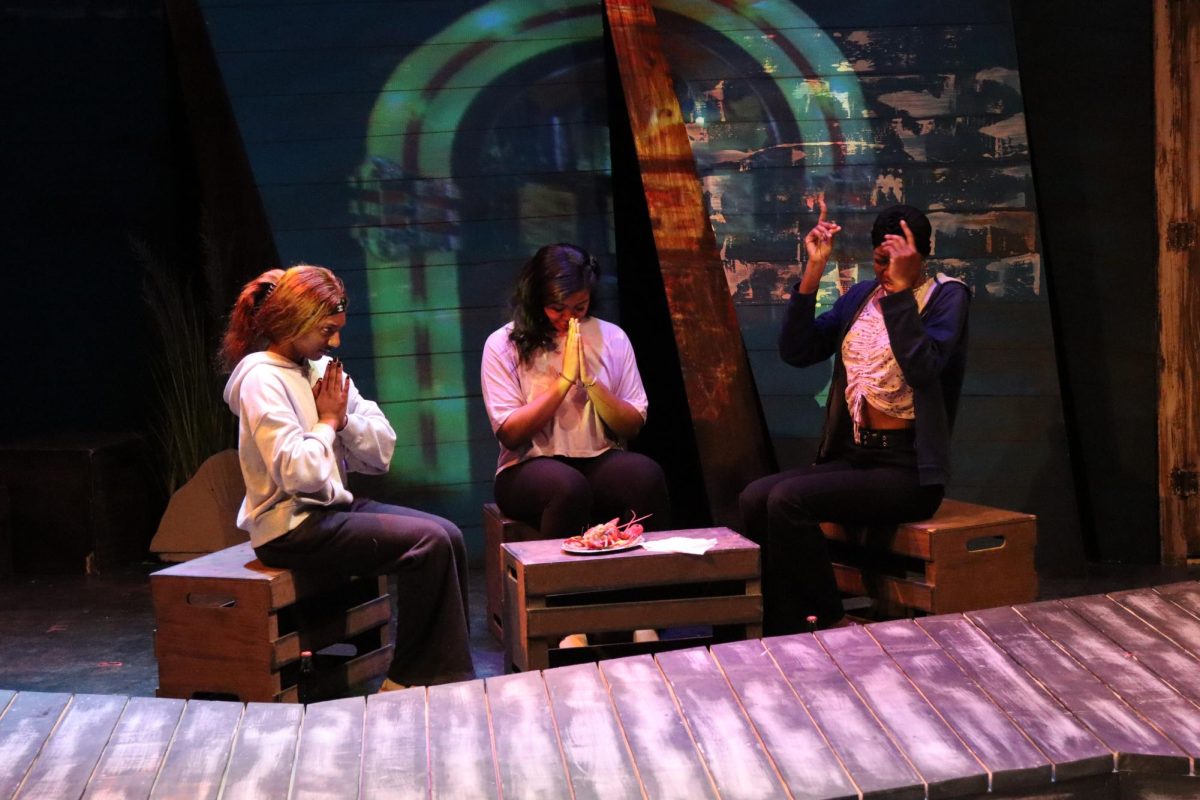“The Black Pearl,” is a powerful play about a family’s fight to preserve the legacy of one of the last Black-owned beach communities in America.
Coastal Carolina University’s theatre department invited the surrounding communities to indulge in the full production of “The Black Pearl,” which premiered on March 28 and ran until April 6.
The play is written by Cynthia Grace Robinson and directed by Cezar Williams. This duo brings their vision to the stage in a production that explores the rich history and culture of Atlantic Beach, South Carolina, through the lens of a love story.
“‘The Black Pearl’ is a love story. It is a story about a place that has been forgotten. It is a story about people who overcame great odds and on whose shoulders all of us stand,” Williams said.
Featuring love stories set in 1954 and present day, the play highlights themes of land ownership, music and family. Its goal is to honor the rich history of Atlantic Beach and engage modern audiences, while reflecting on themes of resilience and the power of community.
“The past is never gone. I think that that’s a universal thought for people to have, because it honors all of our cultures, honors all of our pasts. It honors even as students how did you get to, even where you are, where are you going and how you’re impacted by those who came before,” Robinson said.
Atlantic Beach, South Carolina was a thriving vacation and entertainment destination for African Americans during segregation, according to the National Trust for Historic Preservation. The land was initially purchased by people of the Gullah Geechee community and was infused with their rich culture. Atlantic Beach was nicknamed “The Black Pearl.”
This play is a story told to honor and highlight Gullah culture, both historically and as it stands today. This play commission was made possible by the generous support of Nancy and Billy Cave.
“This theme, which is kind of woven together with these characters called the Gullah players, who are kind of our guides or narrators or our chorus throughout the story, really just tie the whole thing together in a really powerful, poignant manner,” Williams said.
The set design incorporates projections that emphasize the passage of time to maximize the small performance space. This innovative design serves to emphasize the connection between past and present, creating a distinct visual for the themes of the production.
Scenic and projection designer for this project Reiko Huffman explained the vision for the scenic design focuses on natural aging and decomposition, symbolizing the beauty of it.
Huffman expressed her motivation and passion for this production.
“I want to invest in theater that isn’t self-serving, but that actually gives back to a community, empowers other people so that they feel the motivation to then perpetuate that goodness onto other things,” Huffman said.


